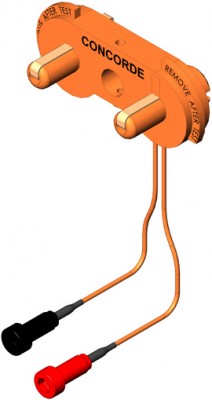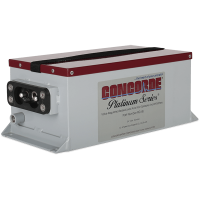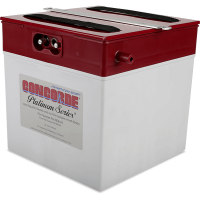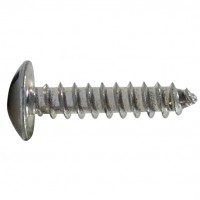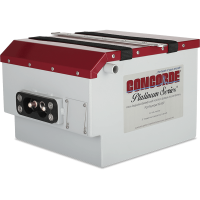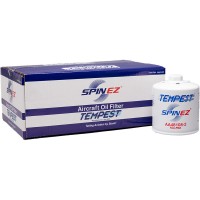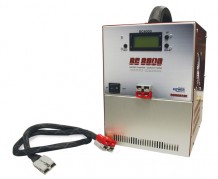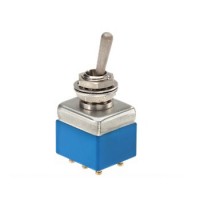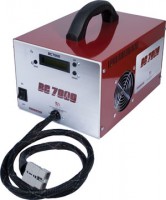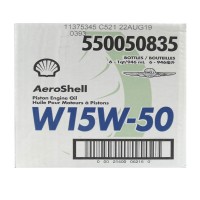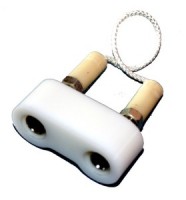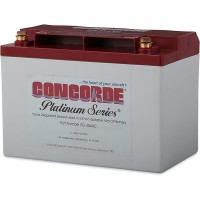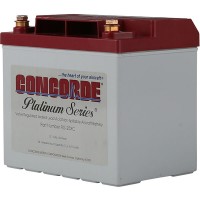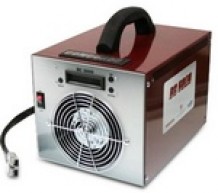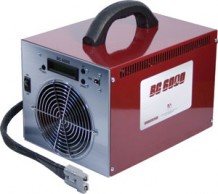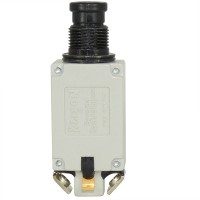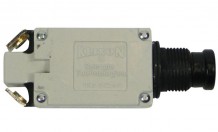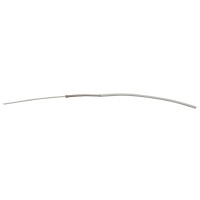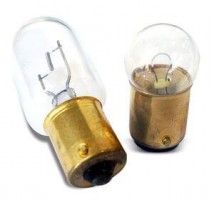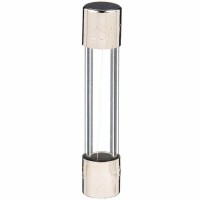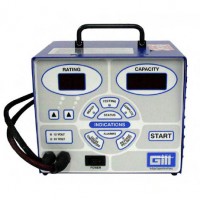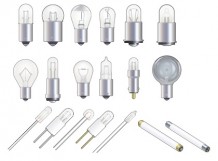THE AVIATION SUPERSTORE FOR ALL YOUR AIRCRAFT & PILOT NEEDS | +61 (1800) 953522
Concorde Aircraft Battery Parasitic Load Tester
$146.08/Each
Price Includes GST
Part# 11-09841
MFR Model# 4102
MFR Model# 4102
Overview
|
This Parasitic Load Tester Adaptor (PLTA) measures the parasitic load / drain on aircraft batteries when the master switch is off and the aircraft is inactive. The adaptor is designed to mate with a MS3509 style quick disconnect receptacle. This innovative PLTA was conceived and engineered in response to concerns in the aviation community about the effect of parasitic loads / drains on battery capacity, state of charge, airworthiness and battery life. A parasitic load is a small, continuous flow of DC current that takes power from the battery when the master switch is off. Parasitic loads are present in most modern aircraft to some degree. Examples of parasitic loads are relays, clocks, radios and on-board computers. Depending on the magnitude of the parasitic load, the battery in an inactive aircraft may be depleted within weeks or even days. A battery discharged in this manner can cause an AOG event. Another inherent danger is that a battery without enough emergency power reserve can often still start the engine(s) leaving you vulnerable in the case of a generator failure. The FAA requires aircraft batteries to be certified with a minimum of 80% capacity for emergency power reserve in the event of an electrical generating system failure. Measuring parasitic load is easy to do by connecting the PLTA between the battery receptacle and the aircraft mating plug. The PLTA is a molded polypropylene body equipped with separate test leads for connection to a digital multimeter (DMM). It is rated for loads up to 10 amperes and is equipped with a 10 amp fuse. |
Specifications
- 3" (W) x 1-1/16" (H)
- 10-1/2" test leads
Documents
Q&A
Please note, Aircraft Spruce Australia's personnel are not certified aircraft mechanics and can only provide general support and ideas, which should not be relied upon or implemented in lieu of consulting an A&P or other qualified technician. Aircraft Spruce Australia assumes no responsibility or liability for any issue or problem which may arise from any repair, modification or other work done from this knowledge base. Any product eligibility information provided here is based on general application guides and we recommend always referring to your specific aircraft parts manual, the parts manufacturer or consulting with a qualified mechanic.

 Aircraft Spruce Australia
Aircraft Spruce Australia
